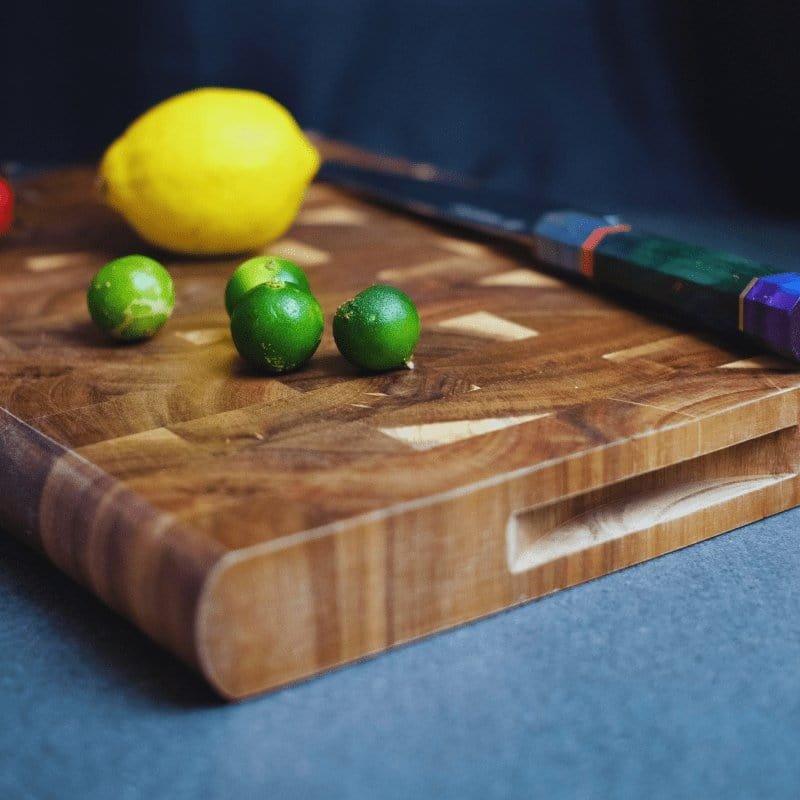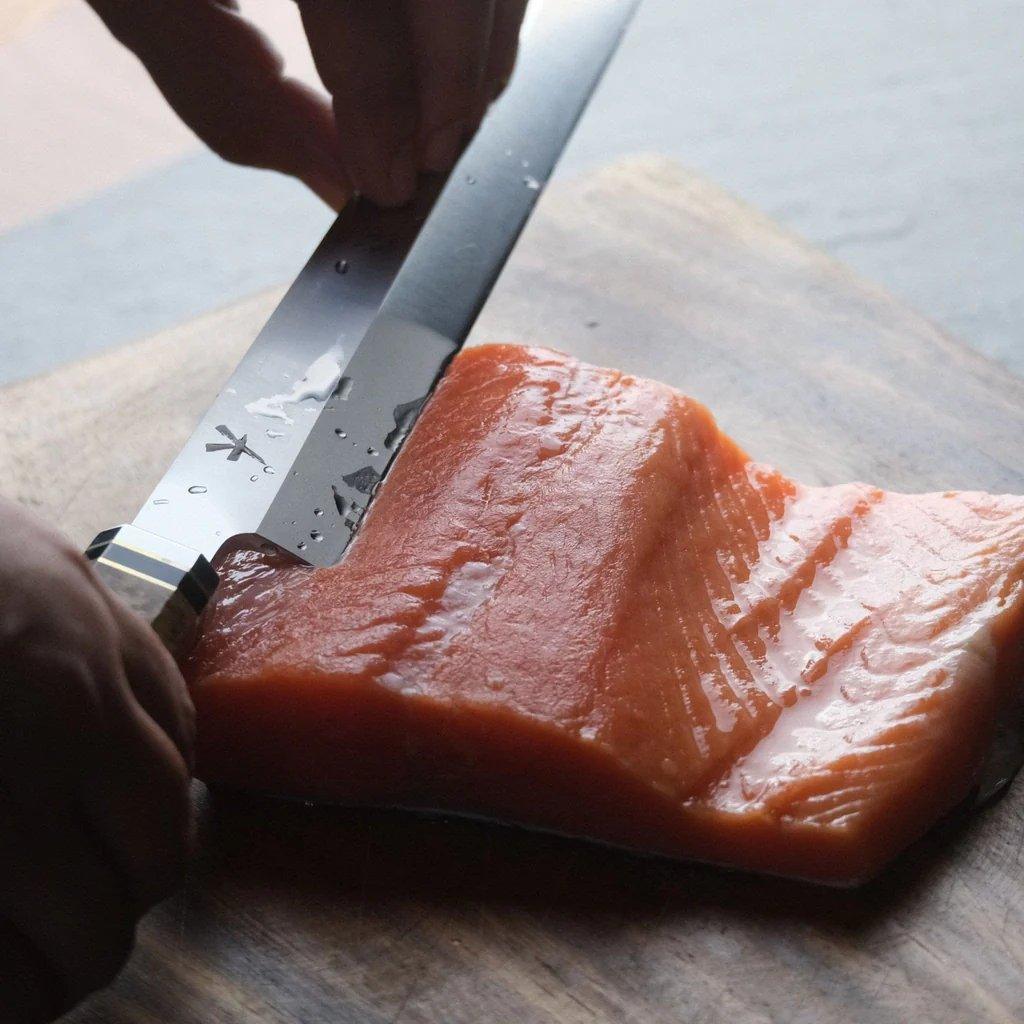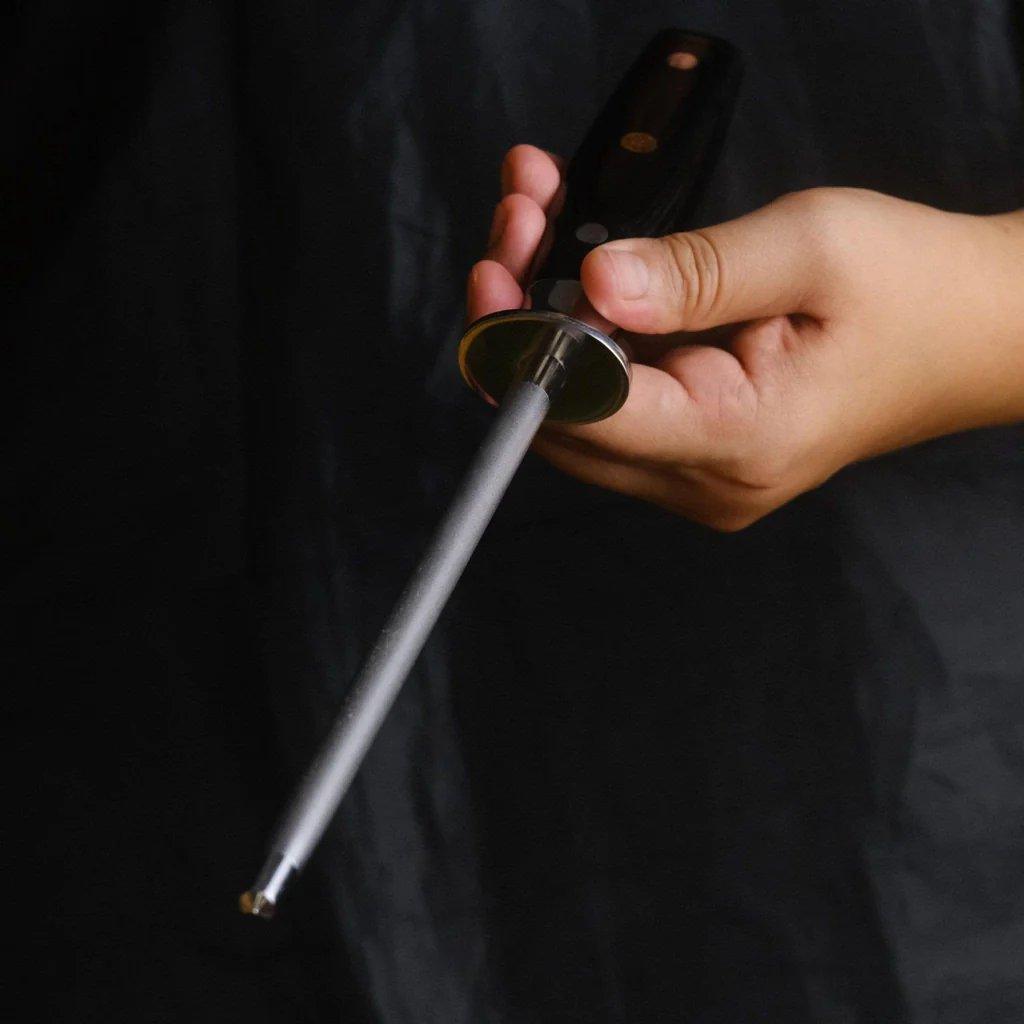Cutting Boards Varieties and
How to Properly Clean Them?

Top Cutting Board Variants To Consider For Your Kitchen
- Wood/Bamboo Cutting Boards
- Plastic Cutting Boards
- Glass Cutting Boards
- Stone Cutting Boards
- Composite Cutting Boards
How To Properly Clean and Maintain Your Cutting Board

- Wood and Bamboo Boards
- Plastic Boards
- Glass Boards
- Stone Boards
- Composite Boards




Leave a comment
This site is protected by hCaptcha and the hCaptcha Privacy Policy and Terms of Service apply.